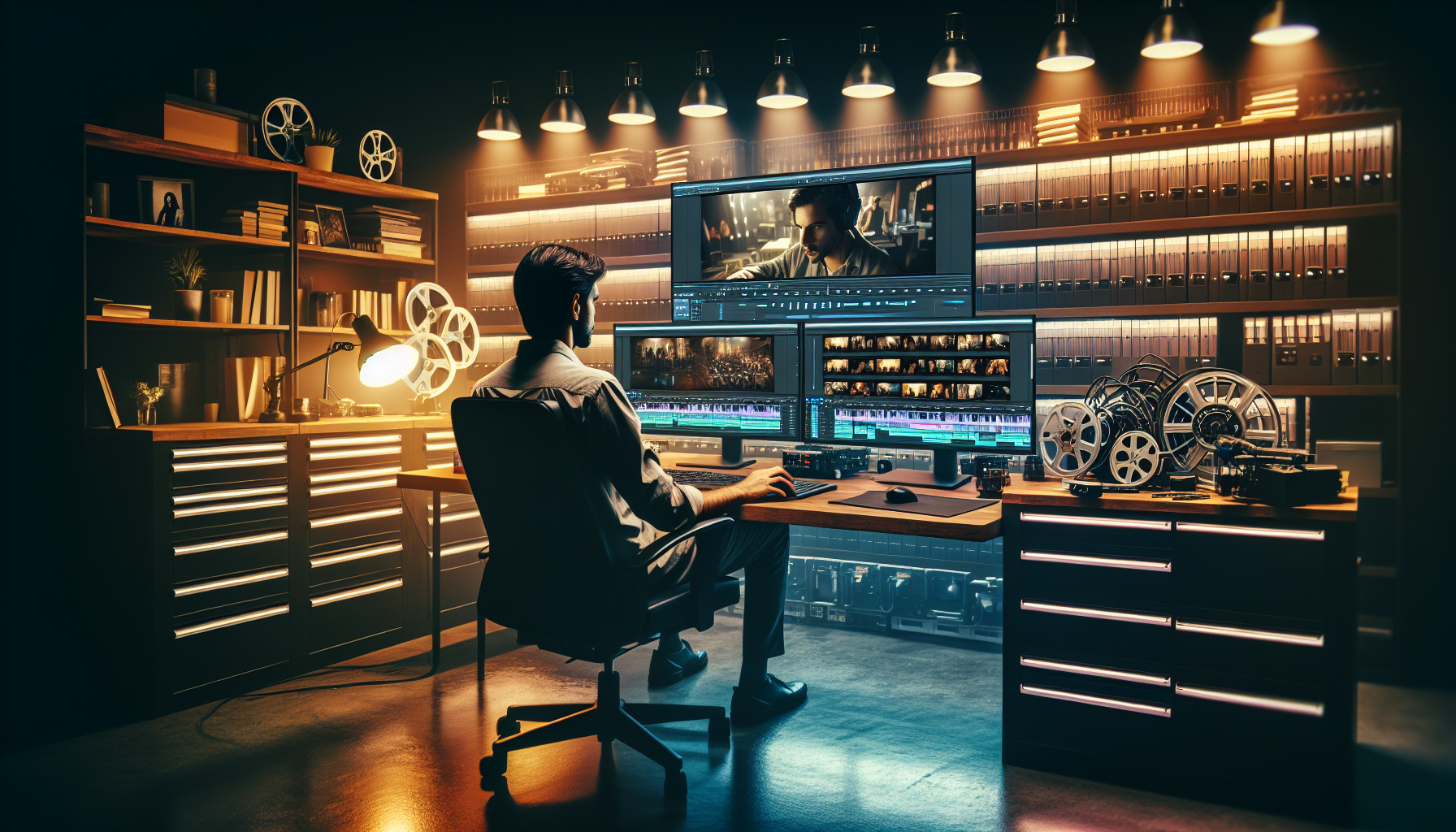
Editing the Tribeca-Featured Film Bad Shabbos
Editing the Tribeca-featured film Bad Shabbos is like trying to craft the perfect bagel – a delicate balance of flavors, layers, and of course, schmear. A story bubbling with humor, cultural nuances, and enough family drama to power a Yiddish soap opera, Bad Shabbos didn’t just demand to be edited; it demanded to be loxed and loaded.
The Editing Roadmap: Oy Vey or Yay?
First stop on our editing journey? Wrangling the story. Trust me, trying to make sense of three generations of Borscht Belt comedians, Kosher kitchen calamities, and a runaway Chuppah is no small feat. We needed a roadmap more detailed than the Torah. With an eye on the ultimate destination, we set out to navigate the script, synchronize the Shabbos candles, and piece together the ultimate family schmooze fest.
Editing this film was like juggling matzo balls at a bris – precarious, but oh-so rewarding when you finally stick the landing. The magic started with a meticulous rough cut, where we separated the herring from the gefilte fish, retaining only the juicy bits of the story. You could say our editing suite had more segues than a Friday night Seder.
Soundscapes and Coney Island Cocktails
Next up: the soundscape. Ever tried blending klezmer music with modern beats? If you’re thinking fiddles on a surfboard, you’re not too far off. Each scene required a soundtrack that spoke volumes. We had composers tickling ivories and tweaking beats like they were making grandma’s secret kugel recipe.
Oh, and let’s talk dialogue. The wit and banter needed to be sharper than a challah knife, but with the warmth of a bubbe’s hug. We added audio layers that echoed beautifully through the auditory synagogue we hoped the film would become. Every snippy response and heartfelt plea was polished like the kiddush cup.
Splicing Humor with Heart
The edits? Well, they were smoother than schmaltz. We transitioned from scene to scene with the grace of a well-rehearsed hora dance. The positioning of each scene was critical – too much drama up front, and we’d have the audience quietly shvitzing; too much humor without context, and it’d be like a bagel without the lox.
Remember that bit where Aunt Miriam mistakenly ends up in the kiddie pool? Priceless. Timing was everything. One millisecond too early and the joke faltered; too late and we risked crossing into dad-joke territory. Our editing tools became precision instruments – scalpels for the soul rather than blunt machetes.
Color Correction: The Visual Schmear
Color correction, ah, another beast entirely. We needed the warmth of the Shabbos candles without the scenes looking like we’d filmed in a sauna. Balancing just the right hues to give the film a glow reminiscent of a simmering bowl of chicken soup provided the visual cohesiveness. The ultimate goal: a film that felt like home, even when characters were mid-shvitz during a heated argument.
And no, we didn’t jettison any old family footage – those vintage clips were as precious as grandma’s brisket recipe. Integrating them smoothly into the narrative was like fitting the final piece of a giant kugel puzzle. A true feast for the eyes.
The Final Cut: Mazel Tov!
After months of editing, revising, and perhaps a few too many cups of Manischewitz, we finally arrived at the final cut. Let me tell you, presenting Bad Shabbos to an audience at Tribeca was like serving up a seven-course meal at a family Shabbat dinner. We beamed with pride as the credits rolled, knowing the laughter and tears that accompanied the screening were a testament to our creative labor.
In the end, editing Bad Shabbos was a mitzvah of epic proportions. If making people laugh and cry while capturing the essence of generational quirks isn’t a cinematic commandment, it should be. We created something as rich and layered as any New York deli sandwich and buttoned up tighter than a well-wrapped knish. It remains a film experience we’d trod through the desert for.






